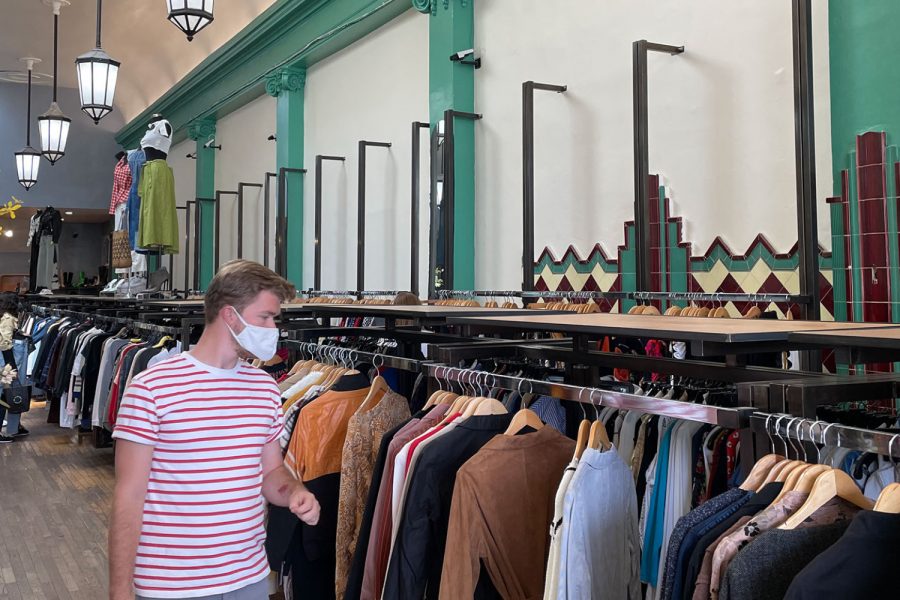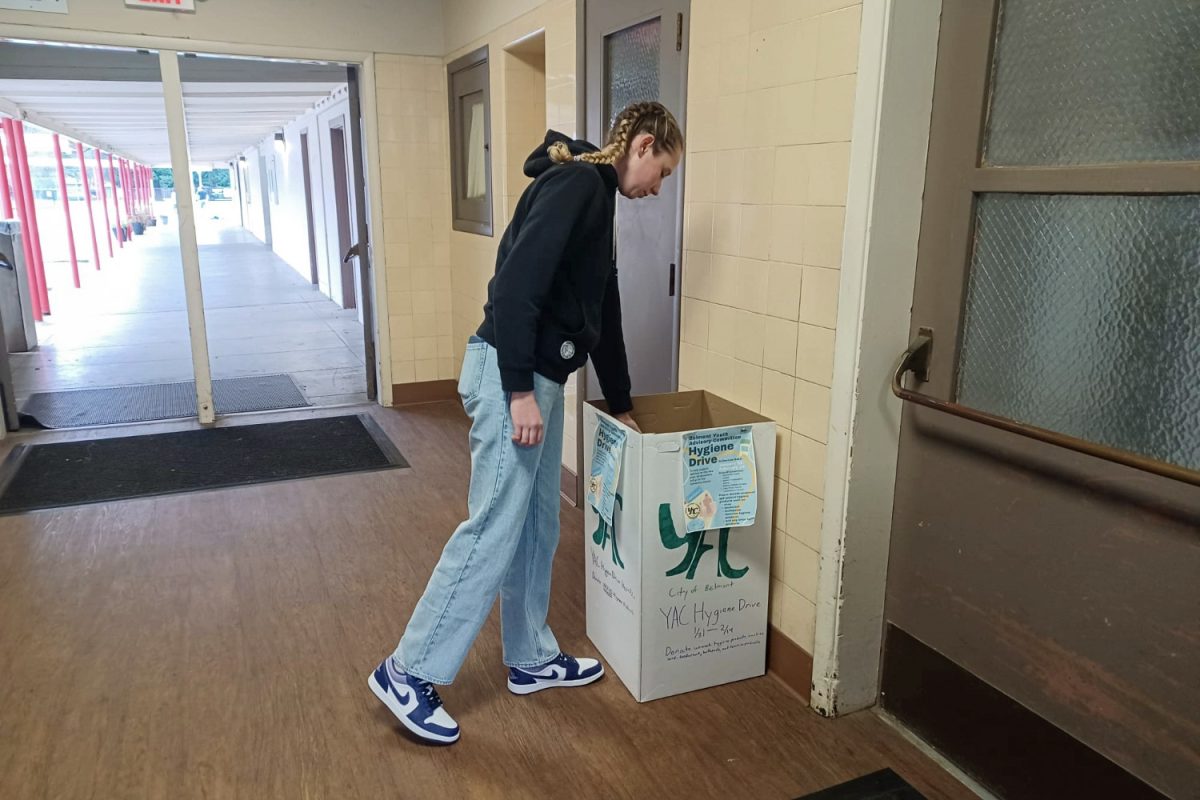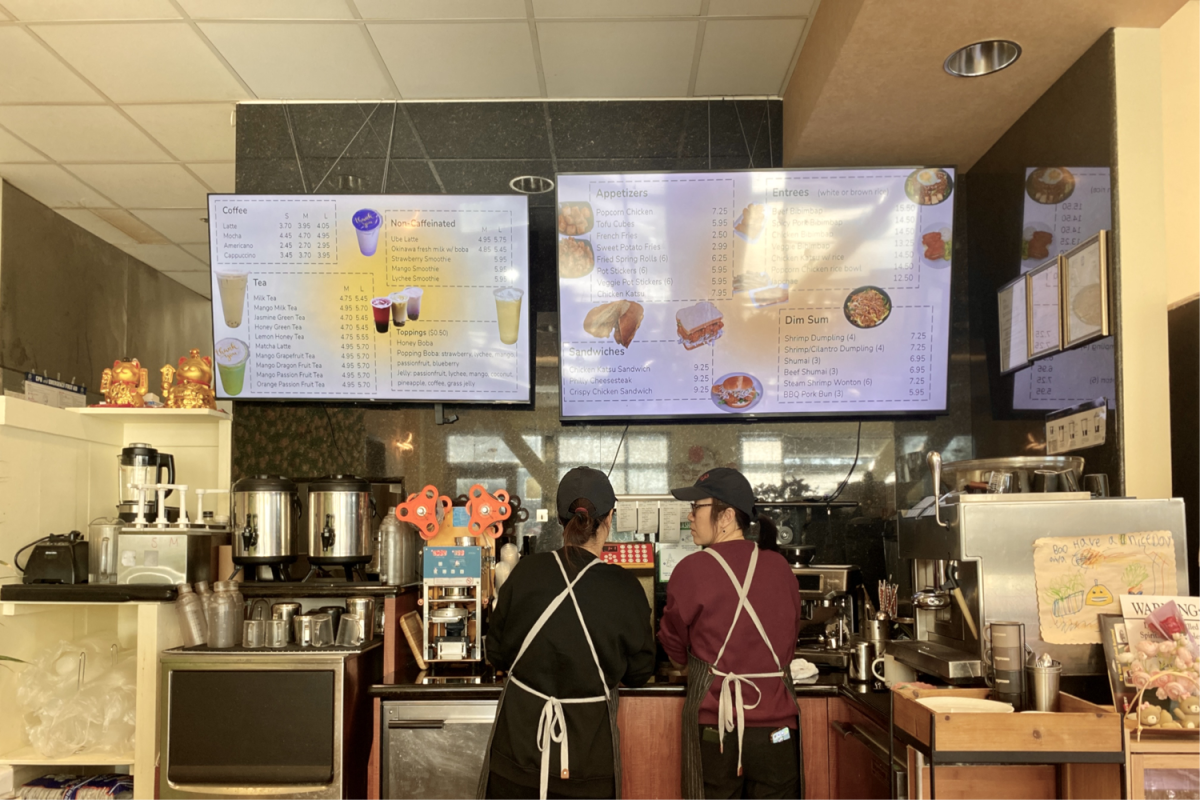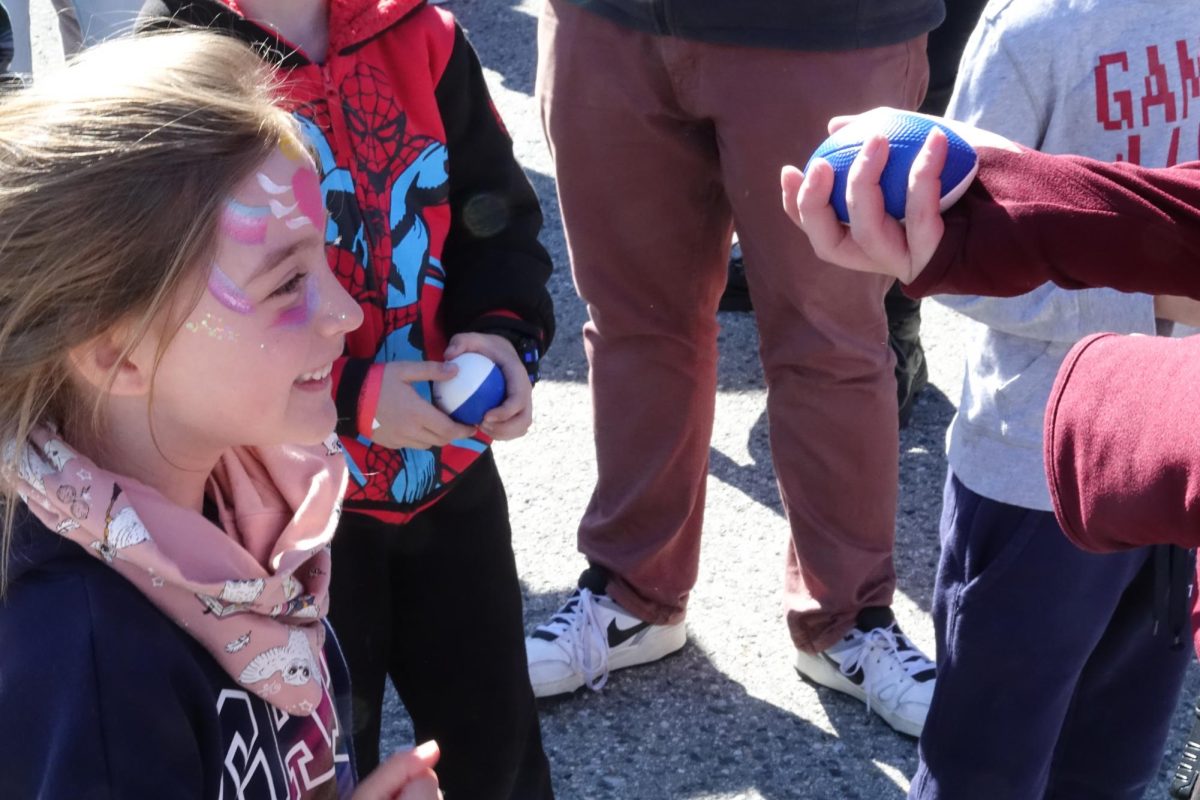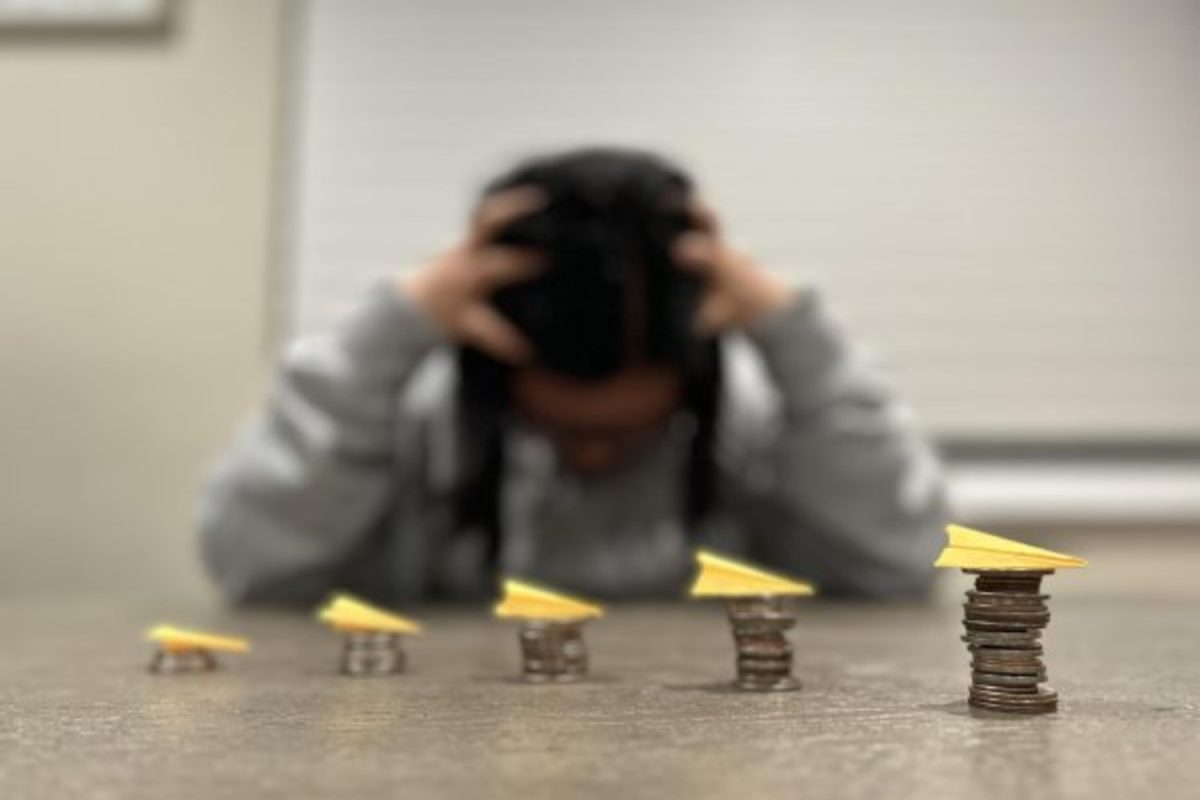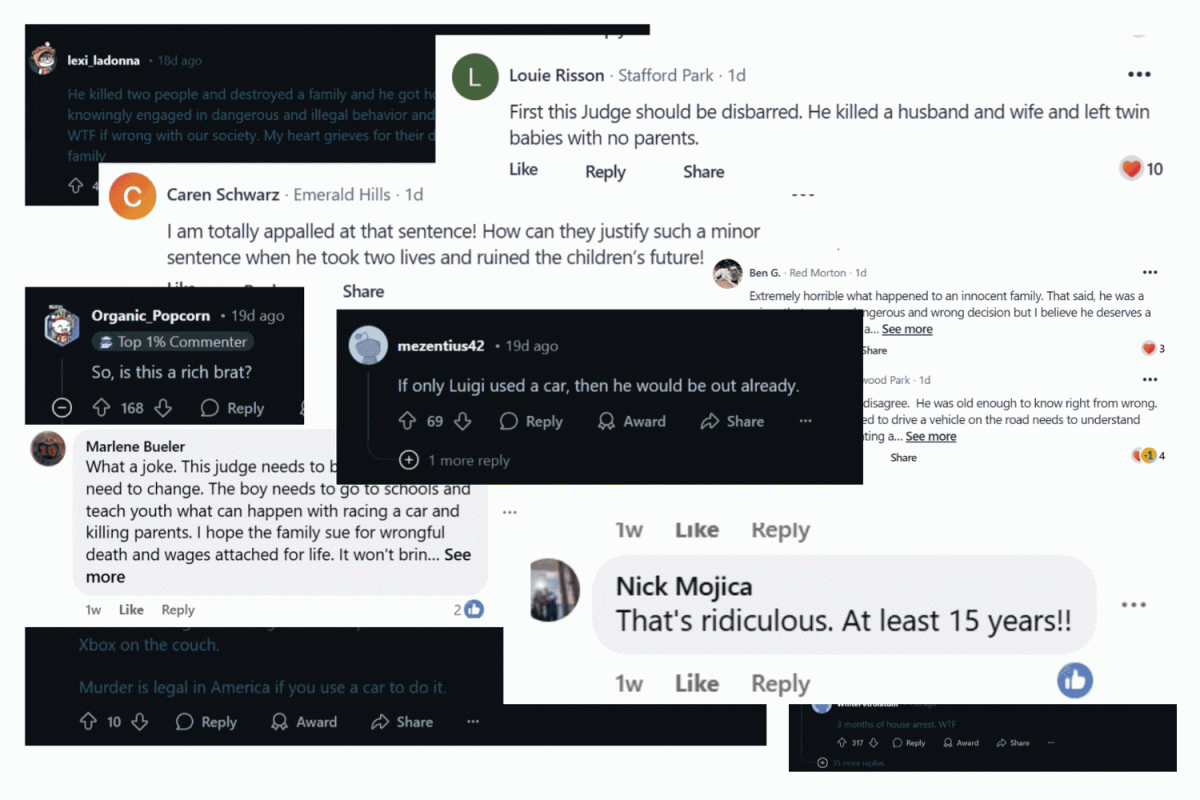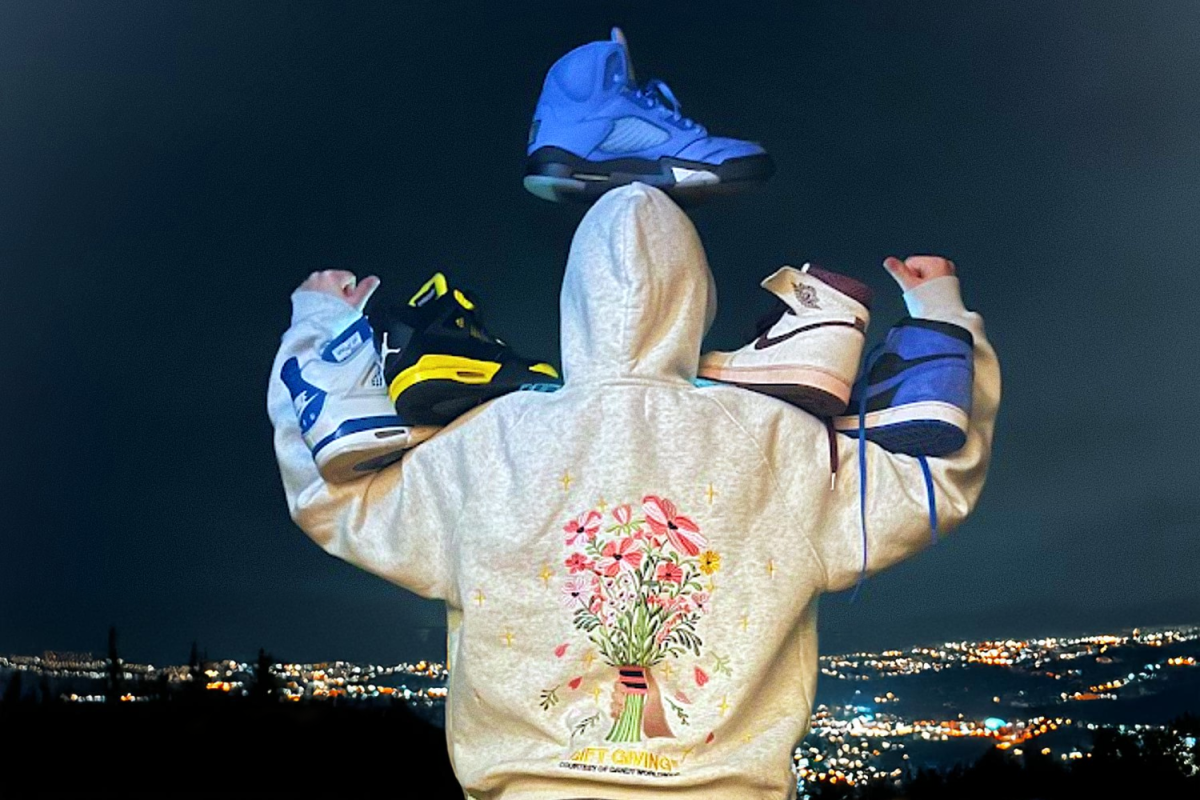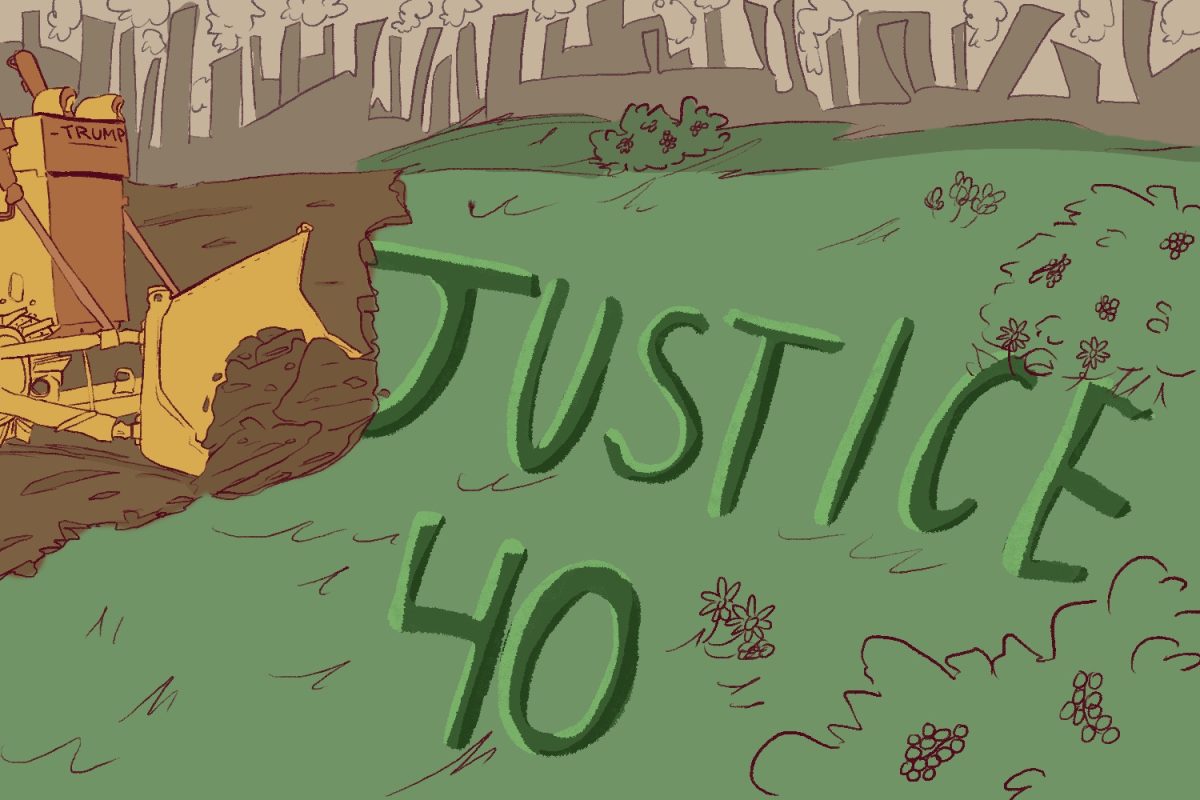According to Bio Med Central, Americans send about 85% of their clothes directly to landfills, about 3.8 billion pounds annually.
Amid concerns for the environment, consumers have started to put more emphasis on sustainability, opting to shop second hand, rather than buying new garments.
According to GlobalData, there were 25% more people that said they were more interested in retailers that placed emphasis on sustainability between 2019 and 2020. With this emphasis in mind, brands such as Levi’s and Patagonia, as well as other smaller businesses, have begun to shift their focus.
“A lot of these [clothing] pieces could just end up in the trash or just discarded so being able to give it a second life, third life, or fourth life is definitely a big part of sustainability,” Randy Jimenez, a buyer and sales manager at Wasteland, said. “Some people just toss away high-end designer pieces because there is no meaning after they’re done with them.”
Wasteland is a store that combats the wasteful tendencies of consumers by gathering secondhand clothes to resell. Specifically, Wasteland focuses on designer clothing, something that is unique from other consignment stores.
“For the shop, we curate all the pieces that come in,” Jimenez said. “The designers we carry are insane. Some of the stuff I’ve only seen walk on the runway and here it is in our store.”
Although Wasteland puts its attention into higher-end fashion, sustainability is a concern relevant to all aspects of the fashion industry. Students from Carlmont’s Fashion Sustainability Club have taken it upon themselves to help transform the industry and work to spread awareness to others.
“You can buy from stores that don’t mass produce, pay their workers a fair amount, and don’t overwork them,” Cariline Moon, a sophomore in the Fashion Sustainability Club, said. “Buy used clothes and hand me downs. Stuff that’s recycled, whether it be recycled materials or recycled clothing pieces, can get a new life and not end up in landfills.”
Carlmont students use the club to transform the fashion industry into one that is more sustainable. With environmental threats such as excess carbon emissions and excess waste in mind, these students are more cautious when buying clothes.
“We’re thinking of doing clothing drives,” Hannah Levin, a member of the Fashion Sustainability Club, said. “[We will] try to donate stuff that we could contribute to thrift centers and then promote the idea.”
Although this movement in the fashion industry is a large step in helping the environment, it also gives people an opportunity to explore their interests. People will use fashion as a way to express themselves, all while protecting the environment.
“I like to combine something that I’m interested in, [which is] fashion, [with] another interest of mine which is our environment,” Levin said.

